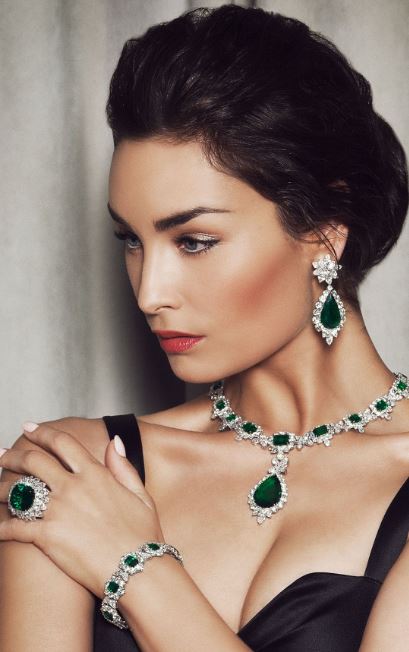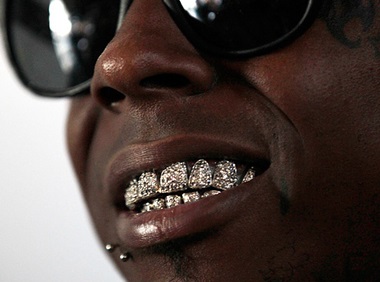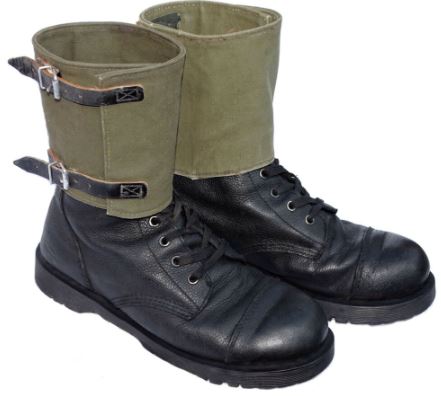When I see articles like this, I just shake my head. Go ahead, read it and see the glaring omission.
A well-built jacket will keep you dry in the field whatever the weather, protecting you from rain, wind and keeping you warm during the winter months as well.
It shouldn’t just keep the elements out though. The best waterproof shooting jacket will be made from a silent material too – keeping any noises that might disturb or spook your target to a minimum.
Other features to factor in are the number of pockets, which are useful for carrying cartridges in; a colour that blends into your environment; and good breathability.
Not all waterproof shooting jackets are equal though. Read on to find out our pick of the best you can currently buy.
Well, any such list which doesn’t include the peerless Barbour jacket isn’t a list at all: it’s a fraud no doubt perpetrated by Commies*. Here’s a pic which encapsulates all that is good about the thing:

I’ve owned a Barbour jacket now for about 12 years, and it’s still in excellent shape. (I left it at The Englishman’s Castle after my last trip Over There because a) I didn’t have room in the suitcase and b) I hardly ever wear the damn thing in Cuidad Tejas because it only rains here about twice a year vs. twice a day in Britishland. I left my wellies there for the same reason.)
Here’s the thing: when I have worn the Barbour Over Here, I have had people comment favorably on it every single time I put it on — whether at gun shows, shooting events or just visits to the supermarket. They’re not only wonderfully durable, they’re also good-looking — and they never go out of style.
Mine is the shorter “Cowen Commando” style (almost like a bomber jacket):
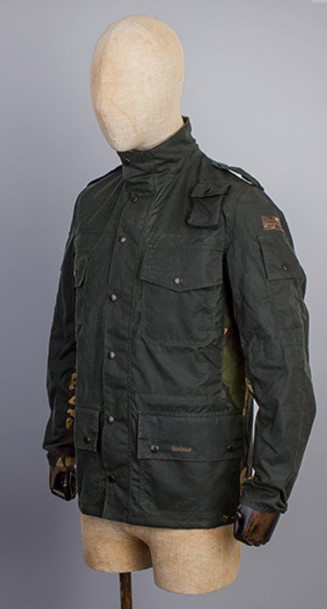
…but I hanker after the longer “Bransdale” style as in the first pic.
Sadly, we don’t get the range of Barbour jackets Over Here that they offer Over There, but you could probably order the one you want (Bransdale or Beaufort would be my recommendation) through Orvis or Nordstrom. They are not cheap (around $300), but you’re buying it for life, so it’s a bargain. My Younger Readers could expect at least 30 years out of a Barbour — for the Olde Pharttes, it’s truly a lifetime purchase.
For the ladies, there’s the cold-weather Dartford:
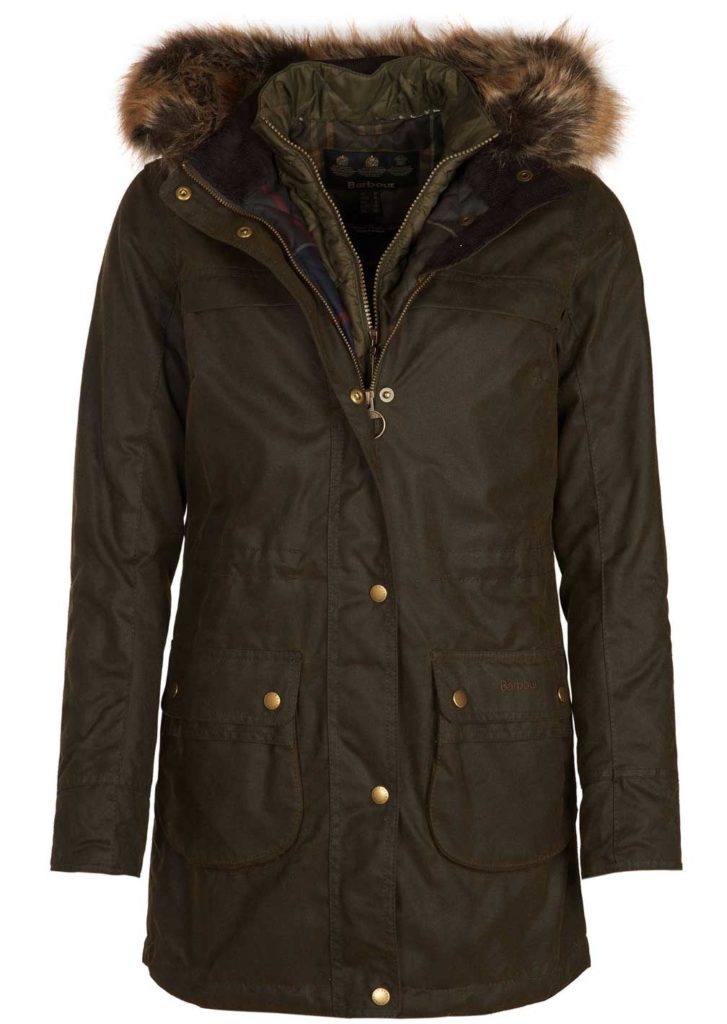
The men’s equivalent is the Oakum:
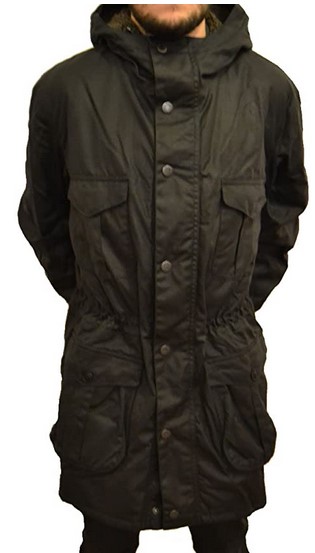
Don’t thank me; it’s all part of the service.
*That’s only mild hyperbole. In class-obsessed societies like Britishland, Barbour is the absolute uniform of the upper classes — add a customized Land Rover / Range Rover and a matched pair of Holland shotguns, and the Labour Party will hate you on sight.
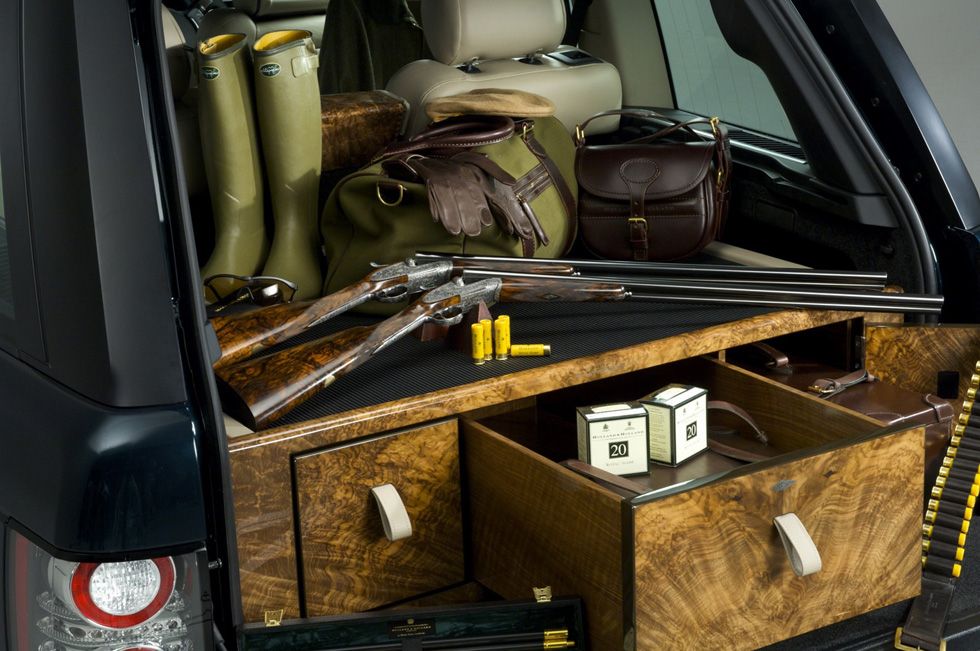
Makes you want to own one, doesn’t it?


